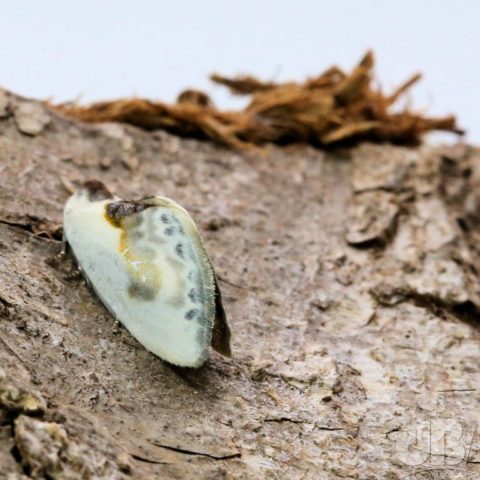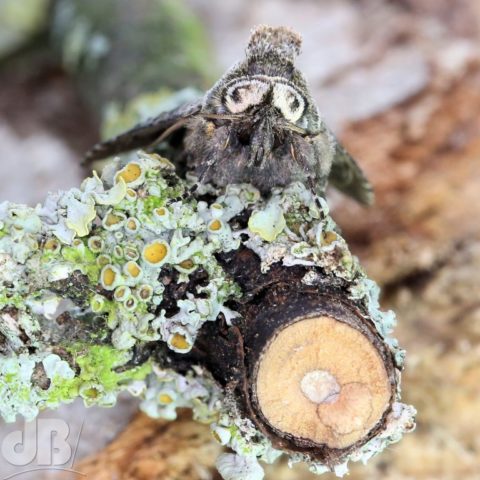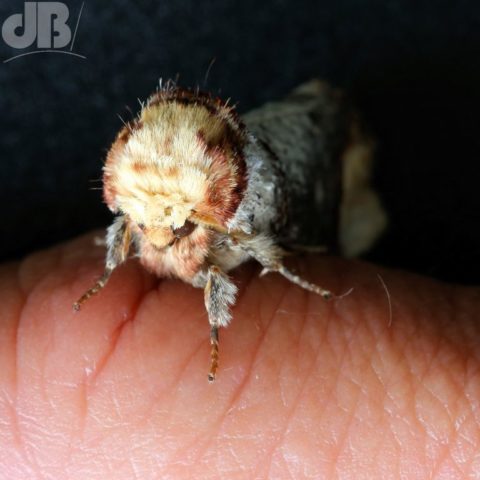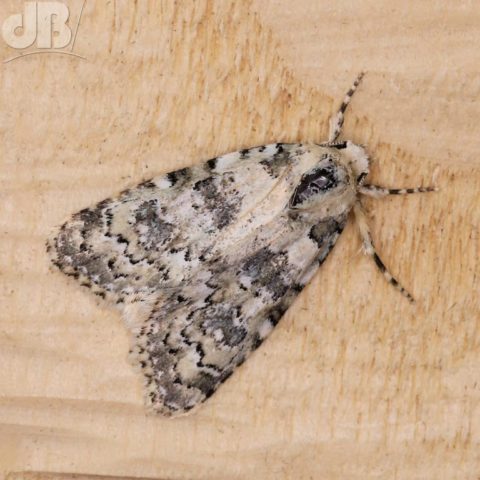In case you hadn’t noticed, Sciencebase is now moth central, at least for the time being. I’ve been using a scientific trap with a 40W actinic UV light for almost a year now. Have identified (often with help) and photographed almost 250 different species of moth. That’s a mere 10 per cent of the number of species seen in the British Isles. Some rarities have been seen beyond the trappings of our back garden too, including the Brassy Long-horn, logged with the County Recorder and back in the trap, Light Feathered Rustic.
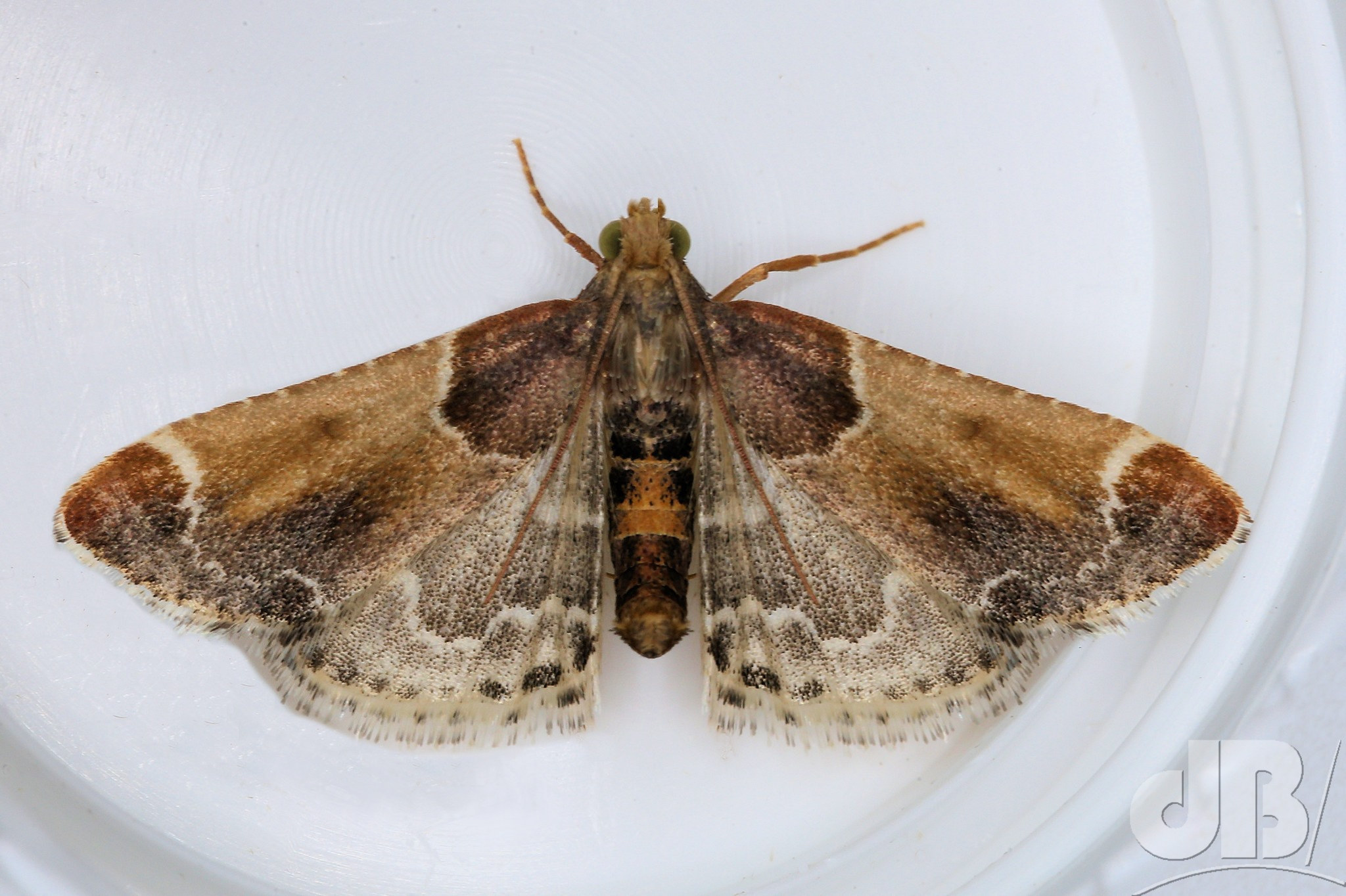
Anyway, this morning’s haul was quite vast. Biggest count ever – 200+ moths of 50+ species (not counting a few stray micro moths). I managed to ID all but one of them. The spare one isn’t in my Collins guide to Lepidoptera. It’s a micro moth known as a Meal Moth, Meal Moth (Pyralis farinalis).
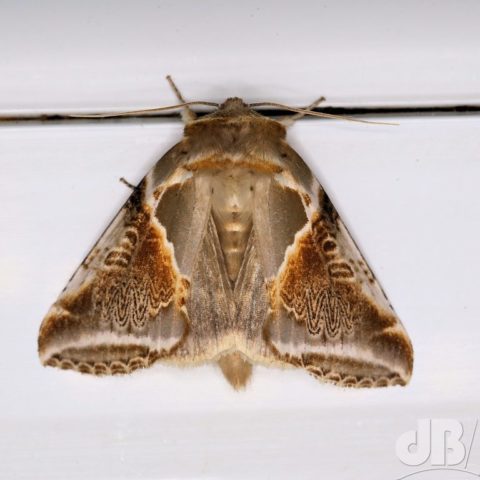
The Meal Moth is not normally interested in lights and usually spends its time in buildings (what it did before buildings I don’t know…caves…woodland hollows, presumably). Its larvae eat stored grain, so the kinds of buildings it prefers are grain stores and barns. Now, we’re not too far from farmland and some of the local crops are wheat and barley, but there are no grain stores close to us. It might be that this species, rather than being a dingy building dweller is something of a scarce migrant. Neil Croton on one of the mothing Facebook groups ID’ed it for me and told me he’d had the same species last night too:
It's a lovely-looking moth, deserves to be a rare migrant rather than an overlooked moth of old farm buildings
I sent a record to Bill Mansfield the County Moth Recorder for Cambridgeshire (VC29). He told me that the Meal Moth turns up consistently and he had noted a recent mention on social media for Cambridgeshire.
